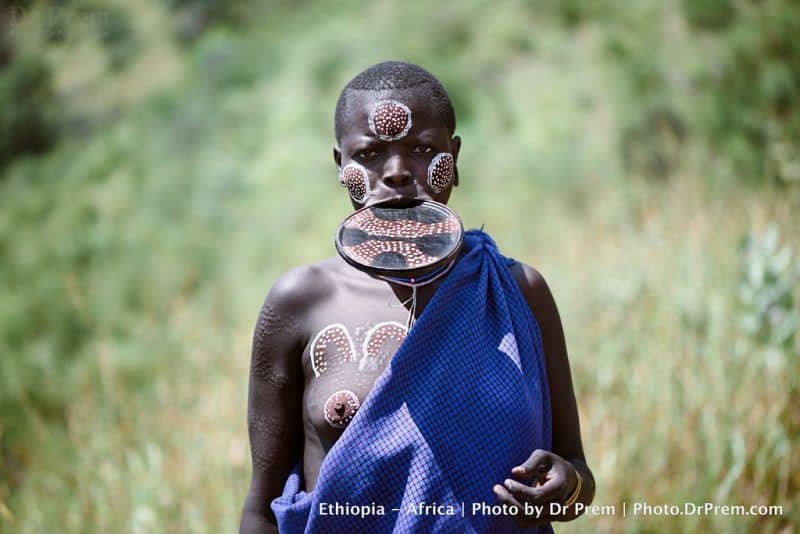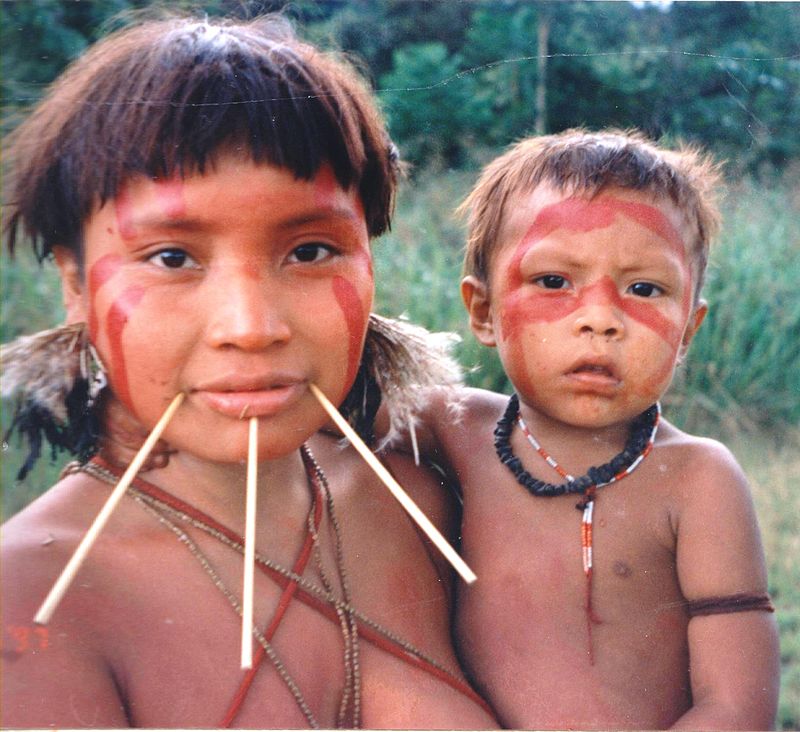Exploring Cultural Piercings: Tradition and Significance
Piercings have been integral to human culture for millennia, serving as symbols of identity, status, and spirituality. From ancient tribal traditions to modern interpretations, cultural piercings tell rich stories about the societies they originate from. This blog post delves into the significance and traditional practices of piercings worldwide.
African Piercing Traditions
Lip Plates of the Mursi Tribe

In Ethiopia, the Mursi tribe is known for the distinctive lip plates women wear. These plates, made from clay or wood, are inserted into a pierced hole in the lower lip. The size of the lip plate can signify a woman’s social status and is considered a mark of beauty and maturity.
Ear Stretching Among the Maasai
The Maasai people of Kenya and Tanzania practice ear stretching as a rite of passage. Both men and women gradually enlarge their earlobes using heavy jewelry and ornaments. This practice is deeply rooted in cultural heritage and symbolizes age, wisdom, and social status.
Asian Piercing Traditions
Nose Piercings in India
Nose piercings are a common tradition in India, often associated with cultural and religious significance. It is believed that women typically pierce their left nostril because it is thought to be connected to reproductive health and femininity. Nose piercings are also essential to bridal adornment in many Indian communities.
Chinese Ear Piercing Traditions
Ancient Chinese practices date back to ear piercing and its association with various cultural beliefs. People believed that piercing specific points in the ear could improve health and well-being, aligning with the principles of acupuncture and traditional Chinese medicine.
Indigenous Piercing Traditions
Septum Piercings of the Aztecs
The Aztecs practiced septum piercing, inserting ornate pieces made from gold, jade, and other precious materials. Warriors and nobility often wore these piercings, symbolizing strength, power, and a connection to the gods.
Inuit Labret Piercings
Inuit communities in the Arctic region traditionally practiced labret piercing, where they would insert jewelry below the lower lip. Both men and women considered this piercing a rite of passage and believed that it enhanced their spiritual and physical abilities.
South American Piercing Traditions
Nose and Ear Piercings of the Amazon Tribes

Various tribes in the Amazon region, such as the Kayapo and Yanomami, use nose and ear piercings as part of their cultural identity. Piercers often decorate these piercings with feathers, bones, and other natural materials to symbolize a connection to nature and the spirit world.
Piercing Practices in Modern Culture
The Influence of Traditional Piercings
Many modern piercing practices draw inspiration from traditional cultural piercings. For instance, septum and ear stretching have become popular in contemporary body modification culture, often as a form of personal expression and connection to ancestral roots.
Respecting Cultural Significance
As piercings become more mainstream, respecting their cultural origins and significance is essential. Understanding the history and meaning behind these practices can foster appreciation and prevent cultural appropriation.
Cultural piercings are more than just body modifications; they are profound expressions of identity, spirituality, and heritage. By exploring the traditional practices and significance of piercings worldwide, we can gain a deeper appreciation for the diversity and richness of human culture. Cultural piercings continue to be a powerful testament to the enduring human desire to adorn and celebrate the body, whether embraced as part of ancient rituals or modern expressions.



